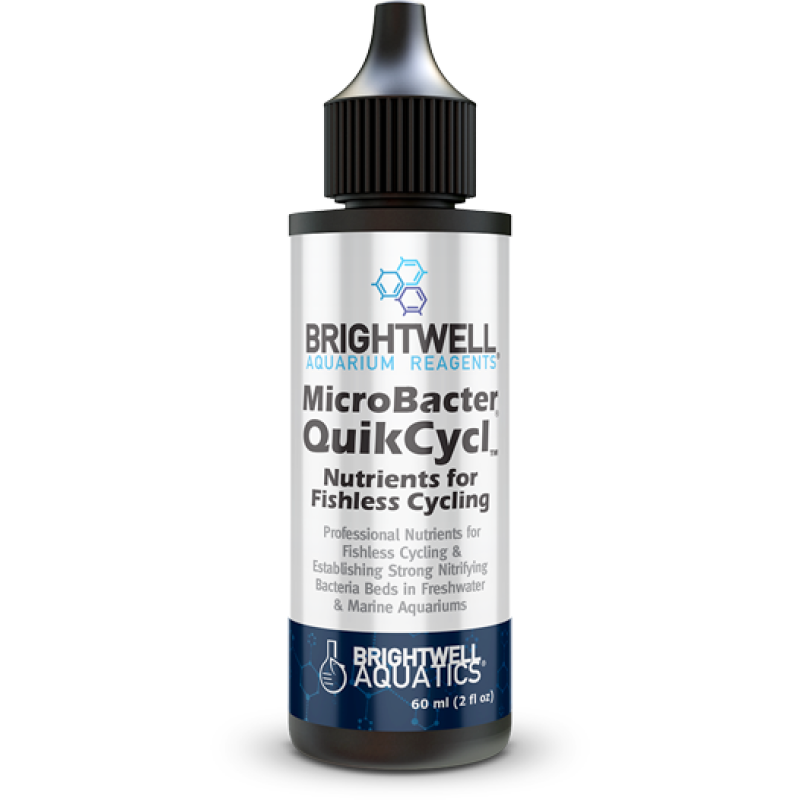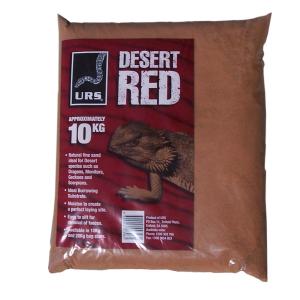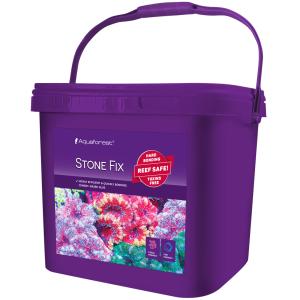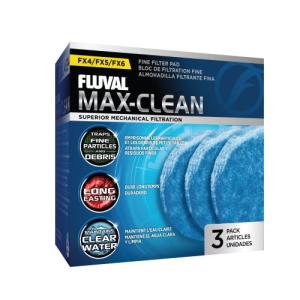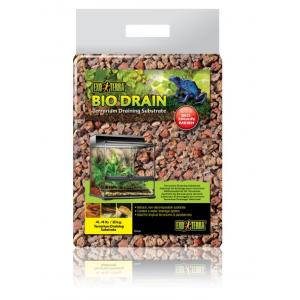Brightwell Aquatics MicroBacter QuikCycl is a professional grade ammonia nutrient designed specifically for fishless cycling.
When used in conjunction with a quality bacterial culture, MicroBacter QuikCycl establishes a strong nitrifying bacterial bed in both freshwater and marine aquariums.
Fishless cycling is the process of establishing the beneficial bacteria in your aquarium without adding any fish. This is done by adding ammonia to the tank, which the bacteria will convert into nitrites and then nitrates. Once there are enough nitrates in the tank, it is safe to add fish.
MicroBacter QuikCycl contains the right strength of ammonium chloride along with balanced phosphates and nitrates to feed the bacteria that work to cycle a tank.
It is important to note that MicroBacter QuikCycl alone will not cycle an aquarium, it must be used in conjunction with a good quality bacterial culture.
Brightwell Aquatics recommends using either MicroBacter Start XLM or MicroBacter Start XLF as their bacterial culture of choice. These products are designed to be used in both freshwater and marine aquariums.
Professional nutrients for fishless cycling and establishing strong nitrifying bacteria beds in freshwater and marine aquariums.
Overview:
READ ALL BEFORE USING THIS PRODUCT!
CAUTION:
THIS PRODUCT IS DESIGNED FOR FISHLESS CYCLING. DO NOT EVER PUT INTO AN AQUARIUM containing LIVE FISH, PLANTS, OR INVERTEBRATES.
ADD ANIMALS AFTER CYCLING IS COMPLETE!!!
This product alone will not cycle an aquarium, it simply provides the nutrients. You must use a good quality bacterial culture to establish the bacteria bed in the aquarium.
We highly recommend Brightwell MicrōBacter Start XLM as appropriate for your aquarium.
Exercise extreme caution against overdosing, excessive application will put your animal’s lives at risk.
You must use test kits to measure pH, ammonia, nitrite, and nitrate to complete cycling on an aquarium. If you attempt to cycle the tank without proper testing, you are endangering the well-being of your fish. We strongly advise familiarising yourself with the concept of aquarium cycling in its entirety before using this product.
This product requires simultaneous use with a LIVE BACTERIAL CULTURE: Bacteria products for aquarium use vary widely in characteristics, strength, and overall design. The results substantially differ if an inferior bacteria culture, one that is out of date, or has been stored incorrectly and at harmful temperatures is used. Nitrifying bacteria is damaged by heat and killed by freezing, so care must be taken to preserve its efficacy. If the bacterial product used is dead, then the process will be non-functional.
Instuctions and Guidelines:
Instructions to quickly cycle new aquarium without fish:
On Day 1:
Note: DO NOT USE CARBON, GFO or other phosphate removers until cycling is complete and 30 more days has passed! If these are used, the cycle will be slowed.
a) Turn off skimmer, UV and remove fine filtration such as socks, make sure aquarium has sufficient filtration surface area.
b) A good dechlorinator must be used first.
c) Prepare water and adjust pH, alkalinity, and temperature
d) Add full dose of QuikCycl at 4 drops per gallon or 1 ml per 5 gallons of tank capacity
e) Measure Ammonia, it should be between 1 and 2 ppm total ammonia, which is ammonia plus ammonium (NH3 and NH4+). Do not add more to get the proper reading. This is because the bacteria will quickly begin to use up the ammonia, and even though added, it will not show up on your tests.
f) Add MicrōBacter Start XLM, or MicrōBacter Start XLF as appropriate for your aquarium, as directed.
On Day 2:
Measure pH, Ammonia and Nitrite and record values.
On Day 3:
Measure pH, Ammonia and Nitrite and record values.
On Day 4:
Measure pH, Ammonia and Nitrite. If either Ammonia or Nitrite are over .25 ppm, then you can add more bacteria, if desired.
On Day 5:
Measure pH, Ammonia and Nitrite and record values
On Day 6: Measure pH, Ammonia and Nitrite. If either Ammonia or Nitrite are over .25 ppm, then you can add more bacteria, if desired.
On Day 7:
Measure pH, Ammonia and Nitrite. If using MicrōBacter Start XLM, MicrōBacter Start XLF and your Ammonia and Nitrite show zero, then measure Nitrate. If Nitrate is showing .25 ppm or higher, then your aquarium is cycled. If using any other bacteria, then go to Day 8.
On Day 8:
Measure pH, Ammonia and Nitrite and record values.
On Day 9 and subsequent days:
Measure pH, Ammonia and Nitrite. If Ammonia + Nitrite value is zero, then measure nitrate and if there is a reading of Nitrate at .25 ppm or higher, then the aquarium is cycled.
At conclusion of cycling, perform a 25% water change and begin adding hardy animals, SLOWLY. Restart UV, skimmer and filtration. Go Slow!
CAUTION: Contains Ammonia, Keep out of reach of children. Not for human consumption. If swallowed, contact a poison control centre immediately.

